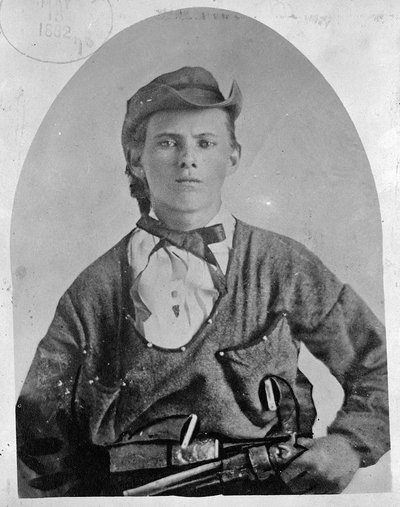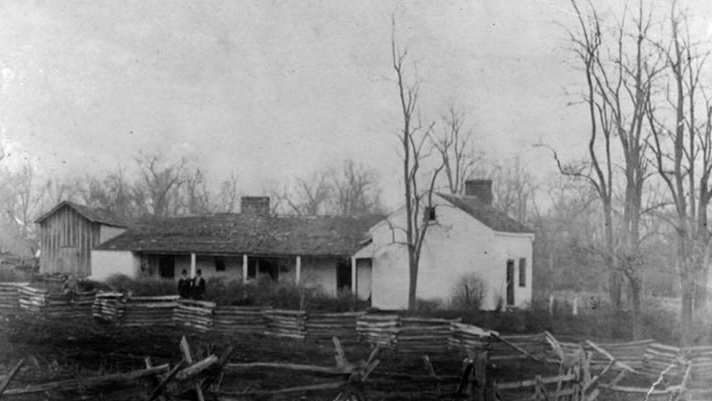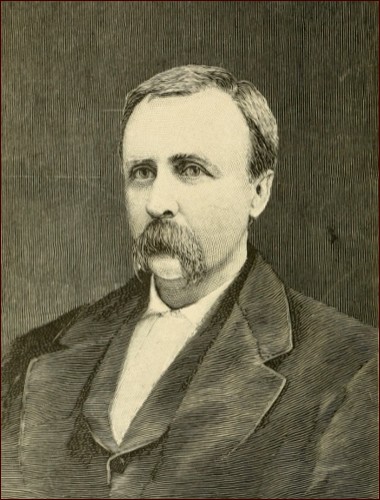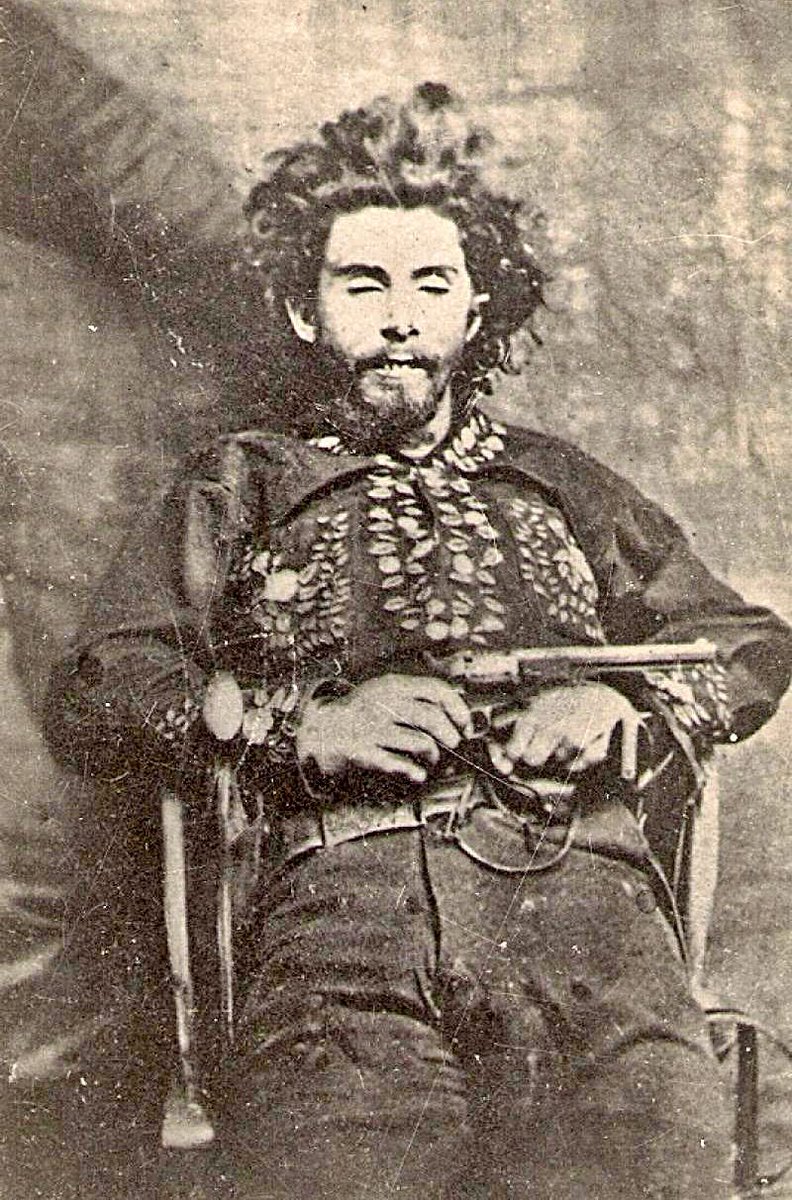Unraveling history:
1. On Dec. 7, 1869—150 years ago—Jesse & Frank James entered the Daviess County Savings Association in Gallatin, Mo., & shot the cashier, John W. Sheets. A week later, Deputy Sheriff John S. Thomason, with his son & 2 Gallatin men, went the James boys& #39; farm...
1. On Dec. 7, 1869—150 years ago—Jesse & Frank James entered the Daviess County Savings Association in Gallatin, Mo., & shot the cashier, John W. Sheets. A week later, Deputy Sheriff John S. Thomason, with his son & 2 Gallatin men, went the James boys& #39; farm...
2. In a gunfight during the escape from Gallatin, Jesse lost his horse—a noted animal in those parts. He had to steal one from a farmer, Daniel Smoote, who sued him over it. The lost horse pointed to Jesse as the killer & led Thomason to the family farm... https://daviesscountyhistoricalsociety.com/2017/06/28/daniel-smoot-sues-jesse-james-for-loss-of-horse-and-still-lives-to-tell-about-it/">https://daviesscountyhistoricalsociety.com/2017/06/2...
3. At the farm—owned by their stepfather & mother, Reuben & Zerelda Samuel—Thomason posted the Gallatin men to stand guard as he & his son knocked on the door. Just as they did, a black child ran out & threw the stable door open. Jesse & Frank galloped out.
4. The Gallatin men opened fire, then all mounted to pursue. The James brothers jumped their horses over the fence. Only Sheriff Thomason& #39;s horse cleared the top rail. He exchanged shots as he rode & dismounted to fire more accurately. His horse took off—the James boys shot it...
5. After this narrow escape, the James boys rode into Kearney heavily armed & terrorized the town for half an hour, shouting "that they would never be taken alive, and would kill every man who attempted to follow them." The next day, with more men, Thomason found they& #39;d fled...
6. The murder & escape made Jesse James famous. He wrote a letter to the Kansas City Times, edited by a former Confederate officer, John Newman Edwards. They allied, using Jesse& #39;s notoriety to mobilize rebels in that divided state to undo Reconstruction & reclaim power...
7. The entire affair showed how the Civil War never quite ended in Missouri. Jesse had been a Confederate guerrilla under Bloody Bill Anderson (here). At Gallatin he thought he had killed Samuel Cox, the Union militia officer who ambushed & killed Anderson. He bragged about it...
8. Deputy Sheriff Thomason had been one of the most effective Union militia commanders in Clay County. Though a stronghold of rebel sympathies & guerrilla activity in the Civil War, it too was divided. Much of the fighting was between locals on either side...
9. And who was the black child who opened the stable? Ambrose Samuel, 13 years old. The 1870 census said this child had an occupation: servant. An 1875 deposition showed he was kept illiterate. He was one of 7 enslaved people on the farm in 1860. For him, emancipation never came.

 Read on Twitter
Read on Twitter





